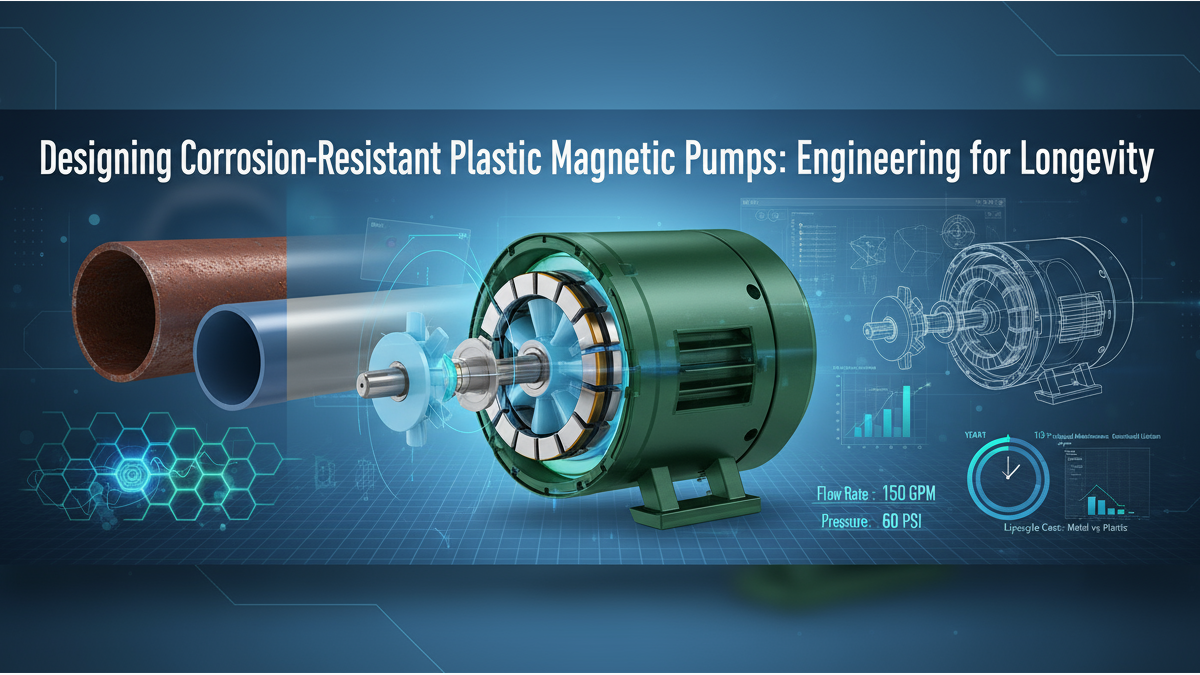Capacitors are used in AC circuits and pulse circuits. In DC circuits, capacitors generally play the role of blocking DC.
What Is A Capacitor?
A capacitor is a circuit element in which an insulating medium exists between two metal plates. Its unit is Farad, and the symbol is F. Capacitors use the electric field between two conductors to store energy. The charges carried by the two conductors are equal in magnitude but opposite in sign. The capacitor is an important device to improve the power factor in the power system because the load used in industry is mainly the inductive load of the motor, so the capacitive load must be paralleled to balance the power grid.
Capacitance refers to the amount of charge stored at a given potential difference, and a capacitor is a force that moves charges in an electric field. When there is a medium between the conductors, the movement of charges is hindered and the charges are accumulated on the conductors, resulting in the accumulation and storage of charges. In addition to blocking DC and AC, capacitors have many functions, such as power supply filtering, signal filtering, signal coupling, resonance, filtering, and compensating reactive power.
Types of Capacitors
The types of capacitors can be roughly divided into aluminum capacitors, multilayer ceramic capacitors, and tantalum capacitors.
- According to the different mediums in capacitors: divided into air dielectric capacitors, paper dielectric capacitors, organic film capacitors, ceramic dielectric capacitors, glass glaze capacitors, mica capacitors, and electrolytic capacitors. Among them, electrolytic capacitors are capacitors with polarity. When connecting to the circuit, we must pay attention to the difference between the pins. The wrong connection can easily cause the capacitor to be damaged by the breakdown.
- According to different structures: capacitors are divided into fixed capacitors, semi-variable capacitors, and variable capacitors. Variable and semi-variable capacitors are often used in circuits that require tuning.
Basic Functions of Capacitors
-
Can be used as a backup power supply:
When the power supply is interrupted and the driving speed of the IC increases sharply, the load current increases, which may force the line voltage of the power supply to drop, causing the IC to malfunction. To avoid this situation, the power stored in the capacitor when the power line is normal is supplied to the IC to temporarily maintain the line voltage of the power supply. Use as a battery.
-
Decoupling use:
Take advantage of the properties of alternating current. Refers to the use of external components superimposed on the power line to remove electromagnetically induced noise or high-frequency noise generated by driving high-speed circuits to supply a stable DC voltage. Commonly used in general power circuits.
-
Coupling use:
The DC offset voltage of the first half of the circuit is removed, and only the AC signal voltage is transmitted to the second half of the circuit. Usually used in audio circuits.
-
Bypass function:
The bypass capacitor is an energy storage device that provides energy to the local device, it can even out the output of the regulator and reduce the load demand. Like a small rechargeable battery, the bypass capacitor can be charged and discharged to the device. To minimize the resistance, the bypass capacitor should be as close to the power supply pin and ground pin of the load device as possible to prevent the ground potential rise and noise caused by the input value being too large.
-
Filtering effect:
Theoretically, the larger the capacitance, the smaller the resistance and the higher the passing frequency. But in fact, most of the capacitors exceeding 1uF are electrolytic capacitors, which have a large inductance component, so the resistance will increase when the frequency is high. Sometimes it is seen that there is an electrolytic capacitor with a large capacitance connected in parallel with a small capacitor. At this time, the large capacitor is connected to the low frequency, and the small capacitor is connected to the high frequency. The function of the capacitor is to pass high resistance and low frequency, and pass high frequency and block low frequency. The larger the capacitor, the easier it is for low frequencies to pass, and the smaller the capacitor, the easier it is for high frequencies to pass. Specifically used in filtering, the large capacitor (1000uF) filters the low frequency, and the small capacitor (20pF) filters the high frequency.
-
Energy storage function:
The energy storage capacitor collects the charge through the rectifier and transfers the stored energy to the output of the power supply through the inverter leads. Aluminum electrolytic capacitors with a voltage rating of 40 to 450VDC and a capacitance of 220 to 150 000uF are more commonly used. Depending on the power supply requirements, the devices are sometimes used in series, parallel, or a combination thereof. For power supplies with a power level exceeding 10KW, bulky can-shaped screw terminal capacitors are usually used. Capacitors are used in signal circuits to perform coupling, oscillation/synchronization, and time constant functions.
-
Oscillation/synchronization:
Load capacitors including RC, LC oscillators, and crystals fall into this category.
-
Time constant effect:
This is the common integrator circuit composed of R and C connected in series. When the input signal voltage is applied to the input, the voltage on the capacitor (C) gradually rises. The charging current decreases as the voltage increases.
Filter Applications
In conjunction with resistors, capacitors are often used as the main components of frequency-selective filters. There are many filter designs and topologies available, which can be tailored for frequency and performance by choosing the appropriate component values and qualities.
- High Pass Filter (HPF)
- Low Pass Filter (LPF)
- Band Pass Filter (BPF)
- Band Stop Filter (BSF)
- Notch filter
- Notch filter
- Equalization filter
-
Decoupling/Bypass Capacitors:
Capacitors play a vital role in the stable operation of digital electronics by protecting sensitive microchips from noise on power signals that can lead to abnormal behavior. The capacitors used in this application are called decoupling capacitors and should be placed as close as possible to each microchip for best results, as all circuit traces act as antennas and will pick up noise from the surrounding environment. Decoupling and bypass capacitors are also used in any area of the circuit to reduce the overall effect of electrical noise.
-
Coupling or DC blocking capacitors:
Since capacitors can pass an AC signal while blocking DC, they can be used to separate the AC and DC components of a signal. The value of the capacitor does not need to be precise or precise for coupling, but it should be a high value because the reactance of the capacitor drives the performance of the coupling application.
-
Snubber capacitor:
In circuits driving highly inductive loads, such as motors or transformers, large transient power spikes can occur due to a sudden discharge of energy stored in the inductive load, which can damage components and contacts. Applying a capacitor limits or buffers voltage spikes in the circuit, making operation safer and the circuit more reliable. In lower power circuits, buffering techniques can be used to prevent spikes from generating unwanted radio frequency interference (RFI), which can cause abnormal behavior in the circuit and make it difficult to obtain product certification and approval.
-
Pulse Power Capacitors:
At their most basic, capacitors are tiny batteries and offer unique energy storage capabilities beyond chemically reactive batteries. Bulk capacitors and banks of capacitors are a superior choice for many applications when large amounts of power are required in a short period. Capacitor banks are used to store energy for applications such as pulsed lasers, radar, particle accelerators, and rail guns. A common application for pulsed power capacitors is in a flash on a disposable camera, which is charged and then rapidly discharged through the flash to provide a large pulse of current.
-
Resonant or tuned circuit applications:
While resistors, capacitors, and inductors can be used to make filters, certain combinations can also cause resonances to amplify the input signal. These circuits are used to amplify signals at resonant frequencies and generate high voltages from low-voltage inputs, oscillators, and tuned filters. Care must be taken in choosing components in a resonant circuit that can withstand the voltages seen by the components or they will fail quickly.
-
Capacitive sensing applications:
While capacitive sensors have been used in a variety of applications for the position, humidity, liquid level, manufacturing quality control, and acceleration, capacitive sensors have recently become a common feature in advanced consumer electronics. Capacitive sensing detects changes in capacitance in the local environment through changes in the dielectric, changes in distance between capacitor plates, or changes in capacitor area.
-
Capacitor Safety:
Capacitors should take some safety precautions. As energy storage components, capacitors can store dangerous amounts of energy that can lead to fatal electrical shock and equipment damage, even if they are disconnected from power for an extended period. For this reason, it's always a good idea to discharge capacitors before working on electrical equipment.
Electrolytic capacitors are prone to severe failure under certain conditions, especially when the voltage across polarized electrolytic capacitors is reversed. Capacitors used in high power and high voltage applications can fail violently as the dielectric material decomposes and evaporates.










.png)



